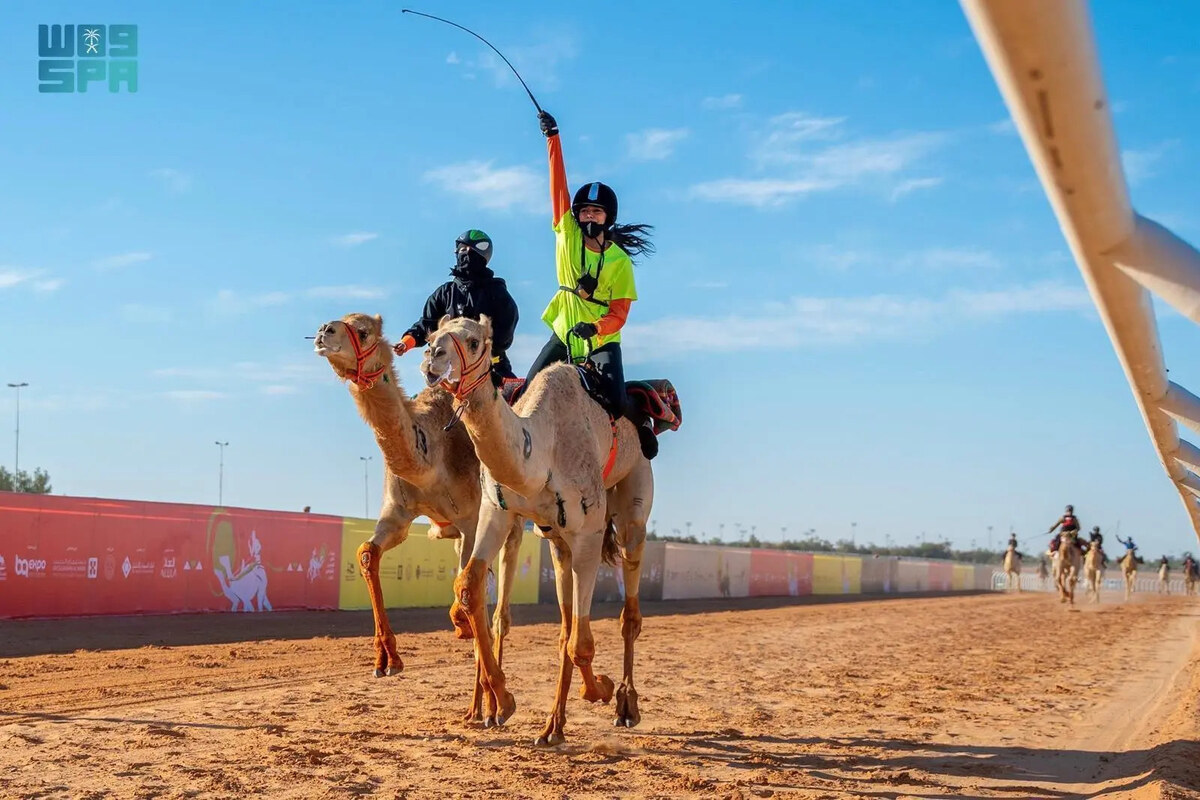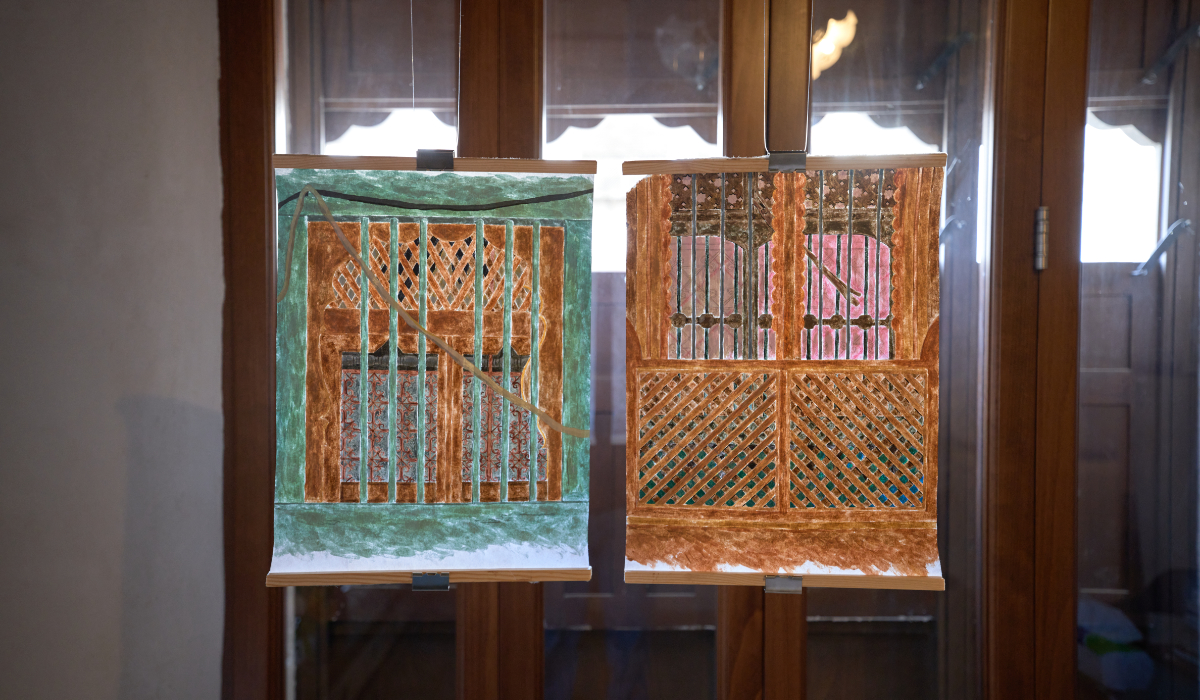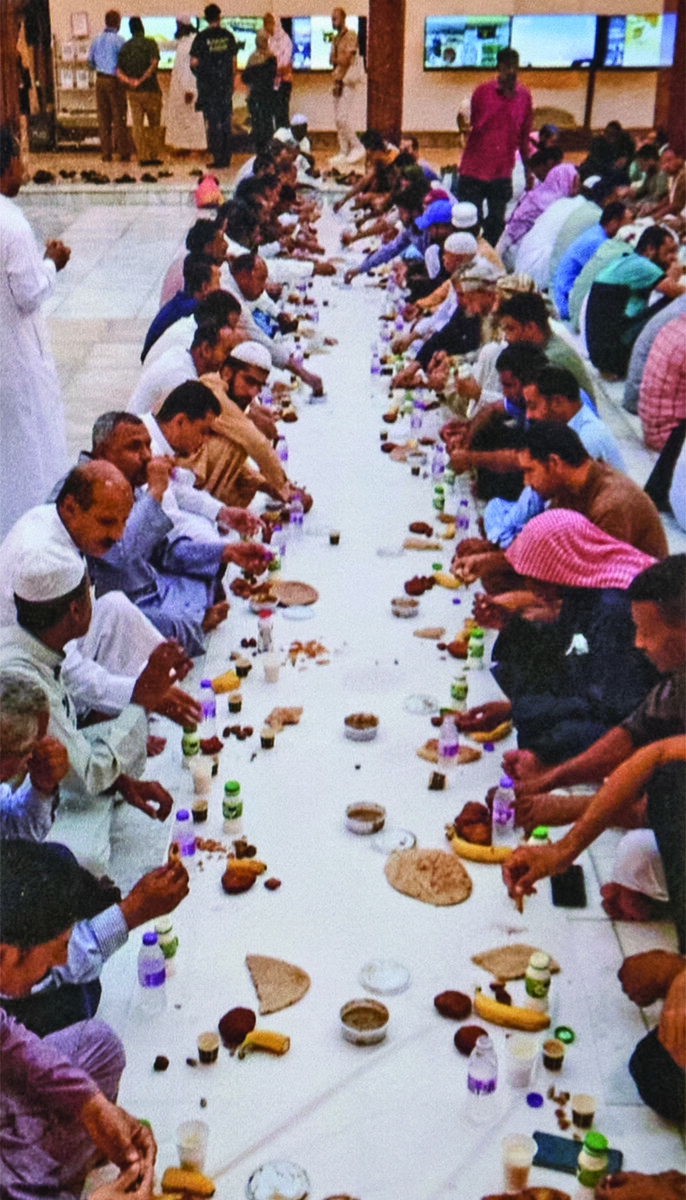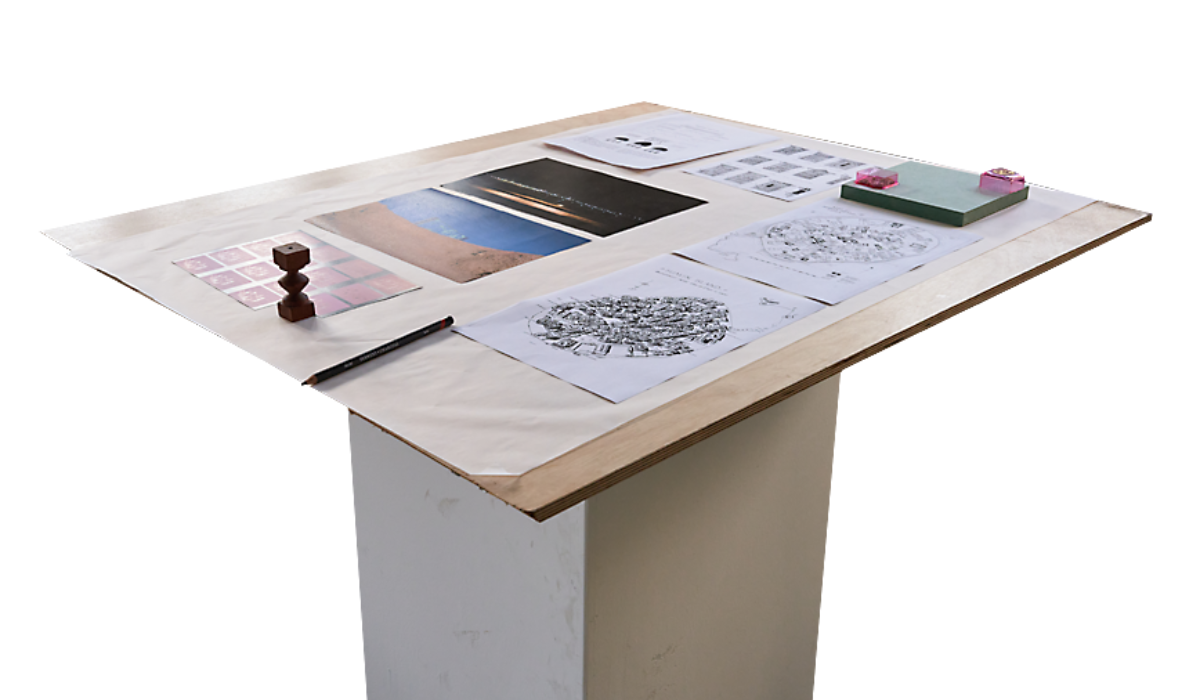MAKKAH: The journey of Hajj, representing the fulfillment of the fifth pillar of Islam, is a chance for personal transformation, fostering patience, resilience, endurance, solidarity and cooperation.
These virtues can positively impact an individual’s life long after completing the pilgrimage.

Pilgrimage may strengthen family bonds as many perform Hajj with relatives, creating shared memories. (AN photos by Huda Bashatah)
Before arriving in Saudi Arabia, many pilgrims sell valuable possessions such as properties and homes to fulfill this obligatory act of worship, which Muslims must perform if they are able.
Abeer Al-Jasser, a Syrian pilgrim from Deir Ezzor, said that she has waited many years to perform Hajj. She highlighted her commitment to fulfilling all Hajj rituals meticulously, hoping to emerge with renewed vigor and a new outlook on life.
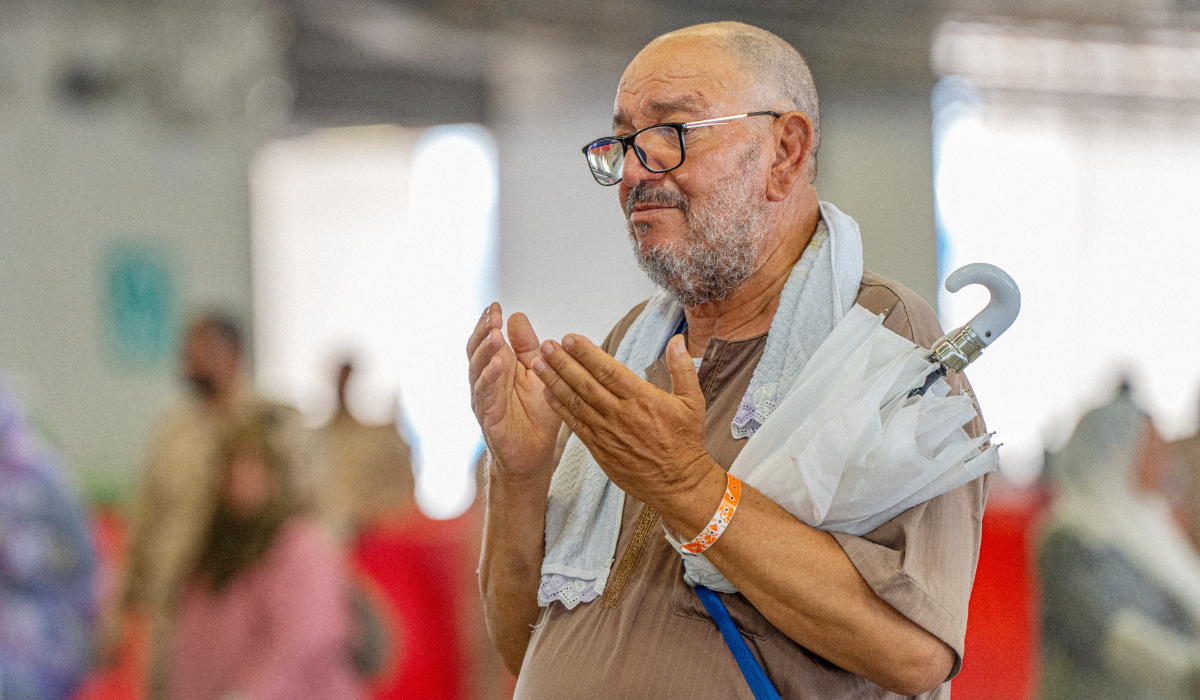
Pilgrimage may strengthen family bonds as many perform Hajj with relatives, creating shared memories. (AN photos by Huda Bashatah)
She described the pilgrimage as an exceptional spiritual opportunity that enhances closeness to God, increasing faith and providing tranquility and peace. “Performing the rituals is seen as a chance to purify oneself from sins, offering psychological relief and freedom from past burdens.
“The sight of Muslims in white attire, symbolizing equality and unity, brings comfort and peace. Witnessing this profound sense of brotherhood, with people from all over the world united for one purpose, is a deeply moving experience,” Al-Jasser said.
Witnessing this profound sense of brotherhood, with people from all over the world united for one purpose, is a deeply moving experience.
Abeer Al-Jasser, Syrian Hajj pilgrim
She added that Hajj has numerous positive effects on health, family and community, and it encourages self-assessment and goal-setting, aiding personal growth and decision-making.
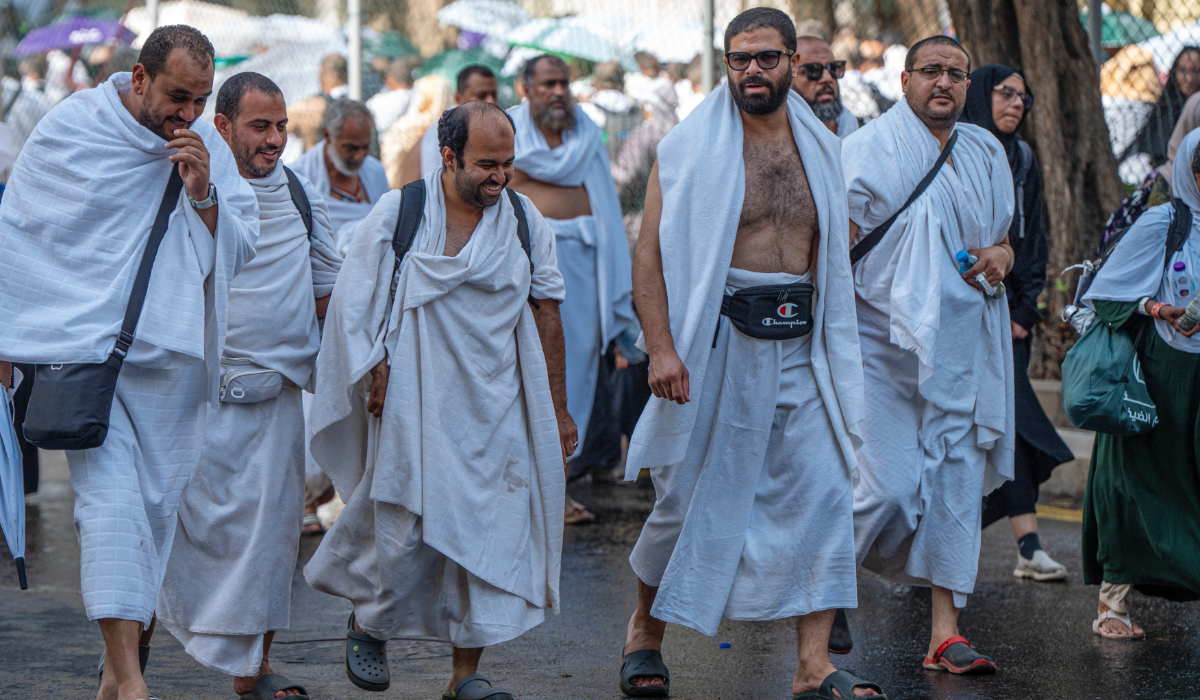
Pilgrimage may strengthen family bonds as many perform Hajj with relatives, creating shared memories. (AN photos by Huda Bashatah)
“The pilgrimage also teaches the spirit of cooperation, helping others, and respecting and valuing others, fostering humility and discouraging selfishness,” she added.
Pilgrims may experience deep inner peace and satisfaction after completing the ritual — feelings that can last long after returning home, she said.
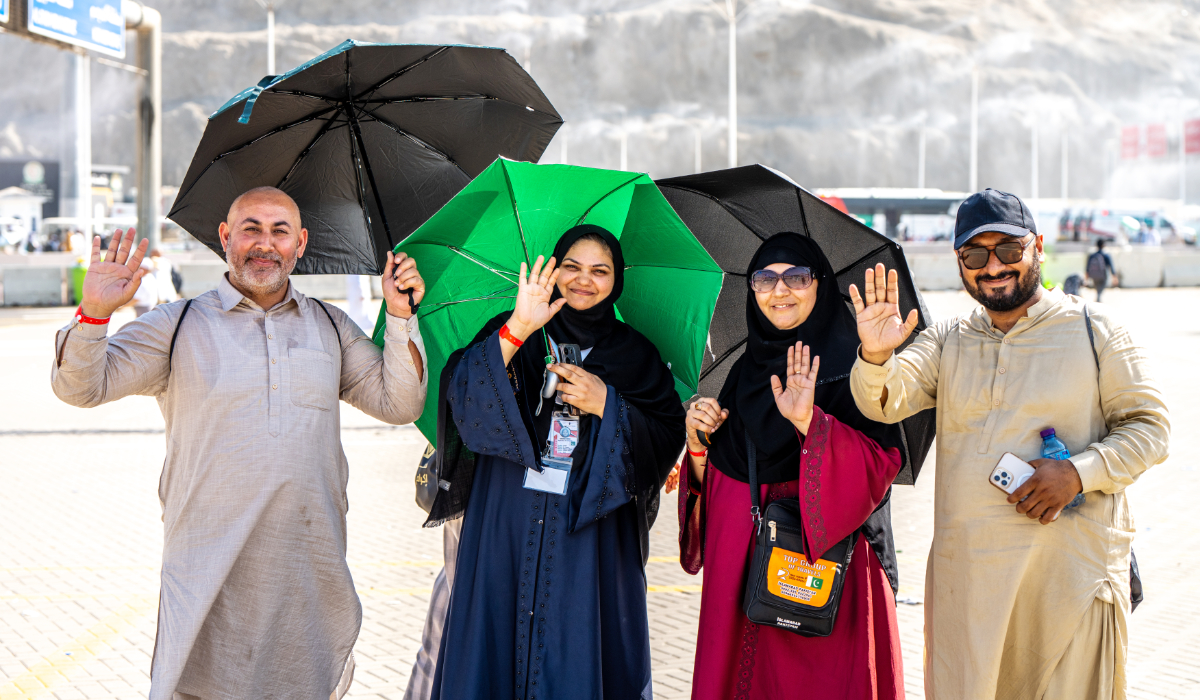
Pilgrimage may strengthen family bonds as many perform Hajj with relatives, creating shared memories. (AN photos by Huda Bashatah)
For many, Hajj is not just a religious duty, but a also psychological journey that restores balance and enhances well-being. Psychological consultant Abdulrahman Al-Zahrani told Arab News about the positive psychological impacts of Hajj, describing it as a road map for Muslims to reassess their relationships with God, their community and their families.
The pilgrimage offers a historical opportunity for “spiritual healing and conscience cleansing,” he said.
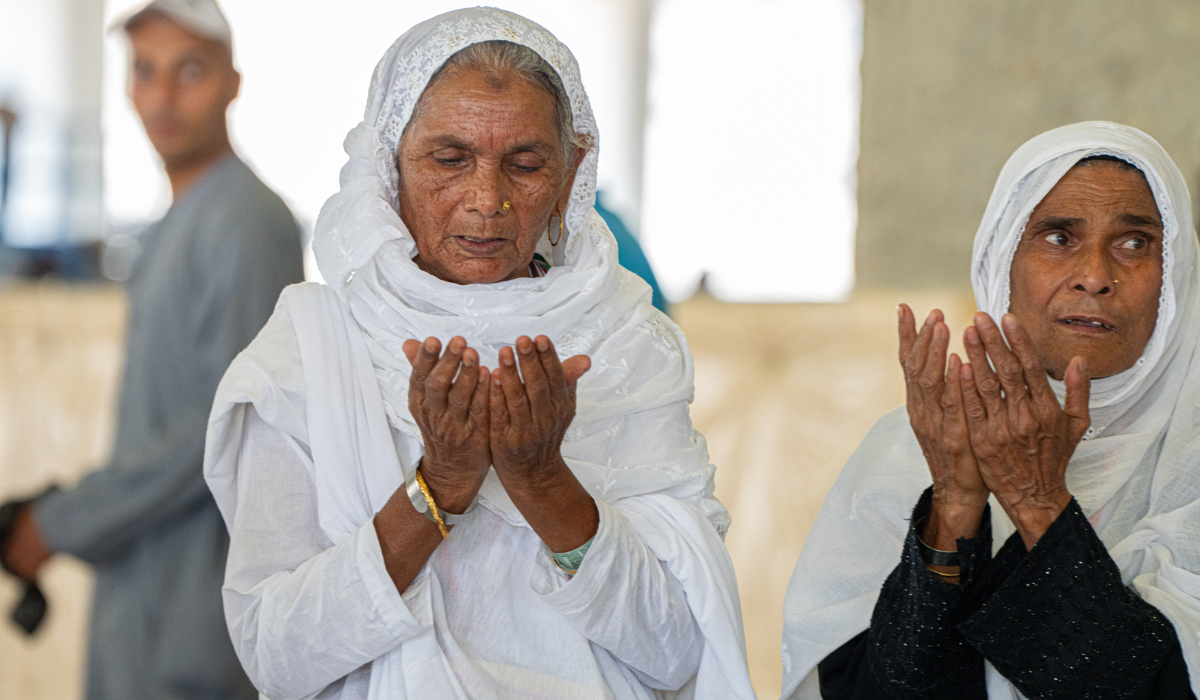
Pilgrimage may strengthen family bonds as many perform Hajj with relatives, creating shared memories. (AN photos by Huda Bashatah)
Although pilgrims may be physically exhausted from the journey, Hajj provides a form of “psychological cleansing that momentarily frees them from worldly concerns,” Al-Zahrani added.
“Facing the challenges of travel and performing rituals in potentially difficult conditions teaches patience and resilience, which positively influence daily life. Moreover, the values of cooperation and solidarity learned during Hajj are significant,” he said.
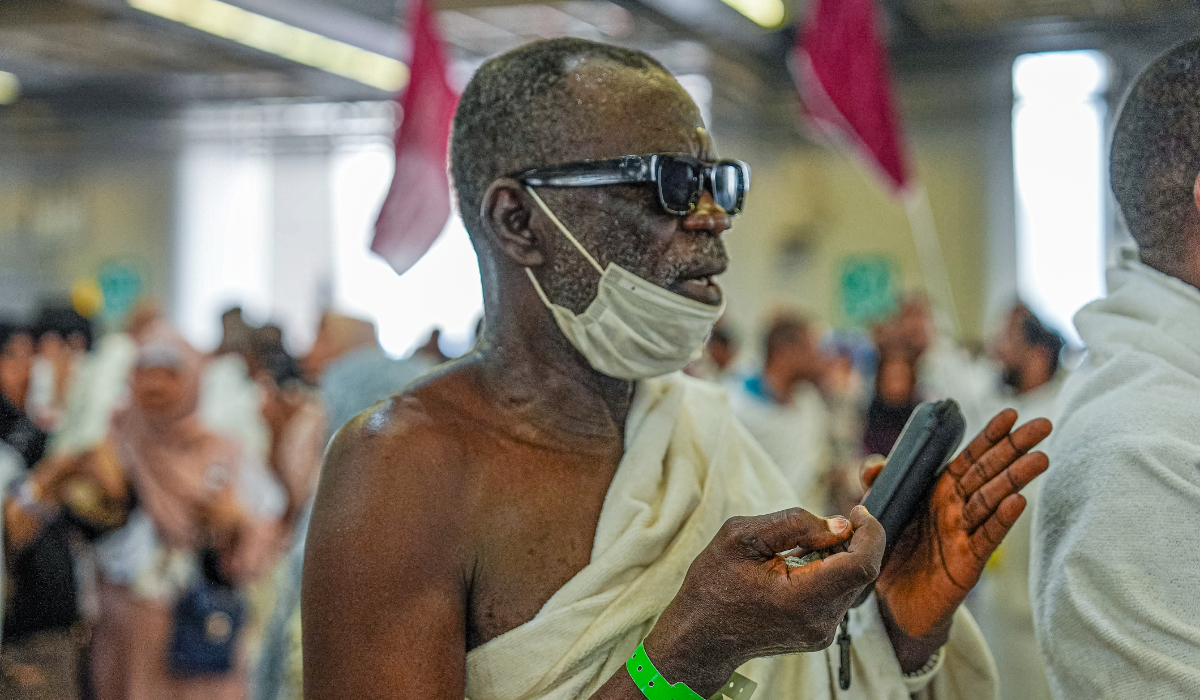
'This journey can also help heal emotional and psychological wounds, with sacred sites and religious rituals providing solace and healing'. (AN photos by Huda Bashatah)
Religious rituals such as standing at Arafat offer pilgrims a chance for deep reflection, potentially leading to fundamental changes in their mindset and life perspective,” Al-Zahrani said.
“Witnessing and appreciating the hardships faced by others can deepen the pilgrims’ gratitude for what they have, and participating in Hajj with a diverse group of Muslims fosters mutual understanding and cultural tolerance, building bridges of respect and brotherhood.
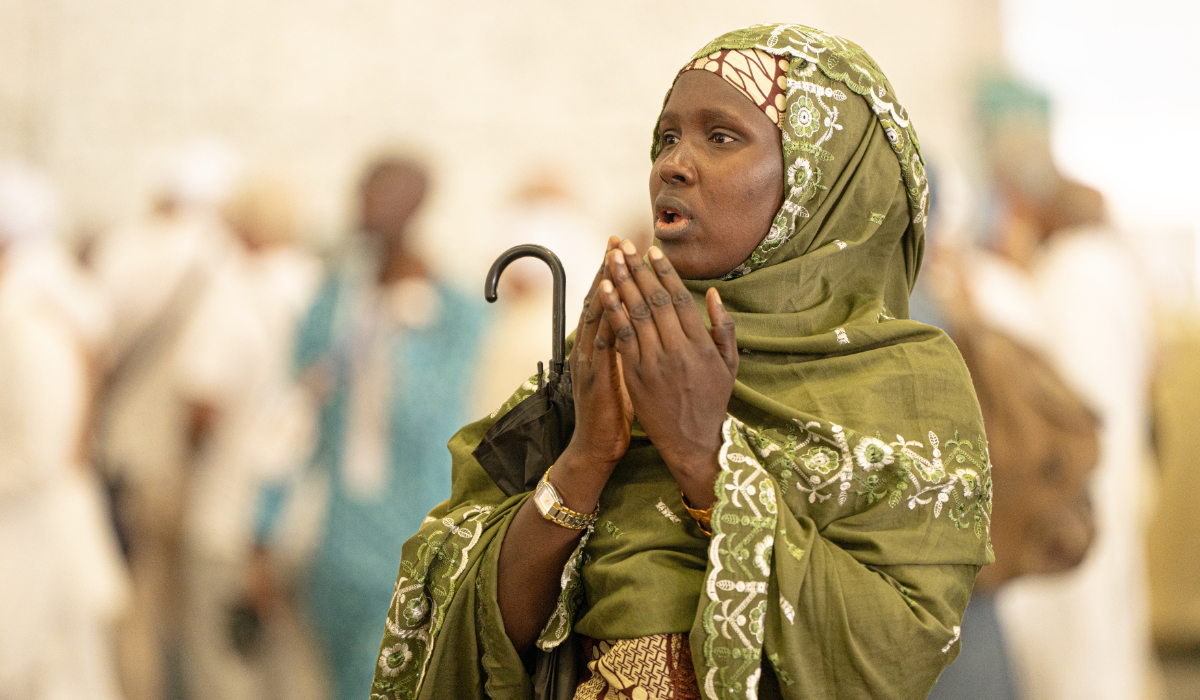
'This journey can also help heal emotional and psychological wounds, with sacred sites and religious rituals providing solace and healing'. (AN photos by Huda Bashatah)
“This journey can also help heal emotional and psychological wounds, with sacred sites and religious rituals providing solace and healing.”
Psychologist Ahmed Al-Zamel told Arab News that many pilgrims return from Hajj a strong intention to improve their behavior and align their lives more closely with religious and ethical teachings.
“The experience of standing in holy places and contemplating life and death instills deep humility and reverence for God, enhancing individual spirituality,” he said.
The Hajj pilgrimage may also strengthen family bonds, as many pilgrims perform Hajj with relatives, creating shared memories and strengthening family ties,” he added.
“Pilgrims often experience inner peace after completing the pilgrimage, learning forgiveness and compassion, and enhancing personal and social relationships.”
Mutawwif Nader Osama described Hajj as an inspirational spiritual journey. “Upon returning, pilgrims often have a positive impact on their communities, inspiring others with the positive changes they have made in their lives and encouraging them to improve their behavior and actions,” he said.
Many pilgrims turn to charitable work and helping others, driven by the values instilled during the pilgrimage, he added.
“Their experiences of equality and unity among people of different races and nationalities during the pilgrimage encourage them to appreciate and celebrate the human values consistently promoted by Islam,” Osama added.


















